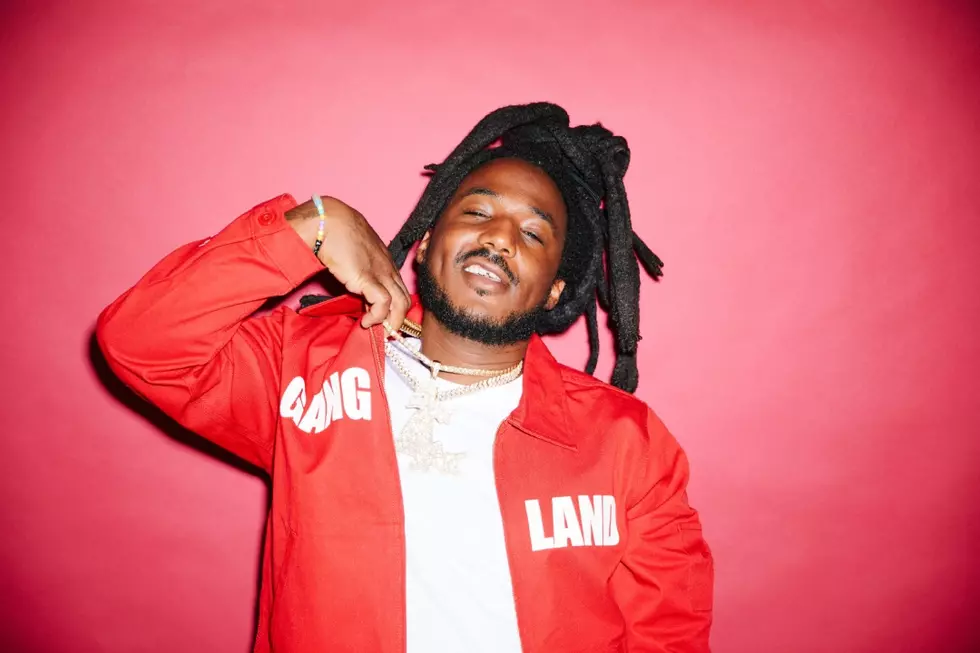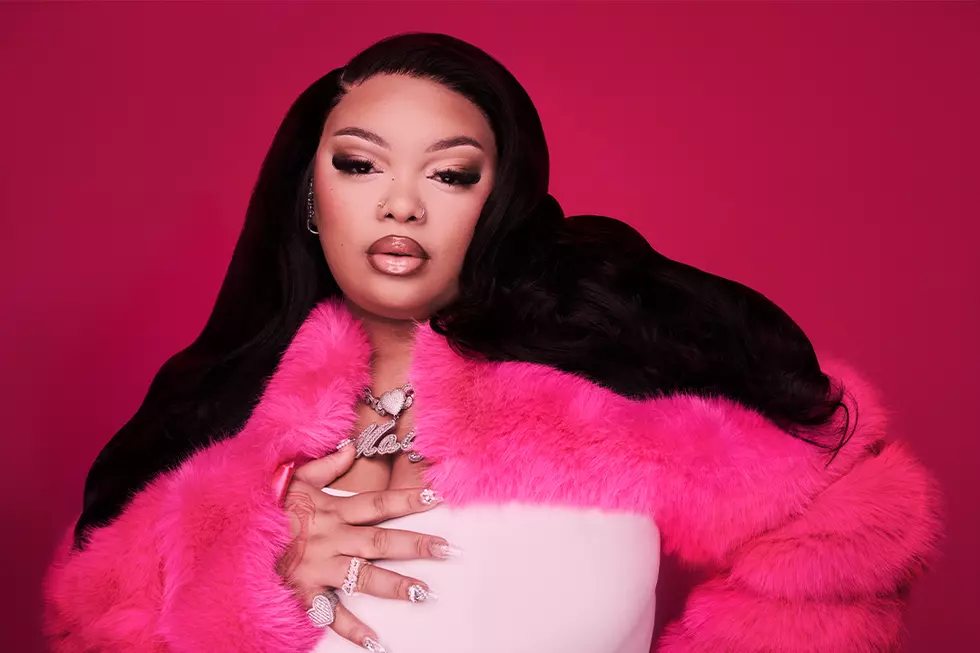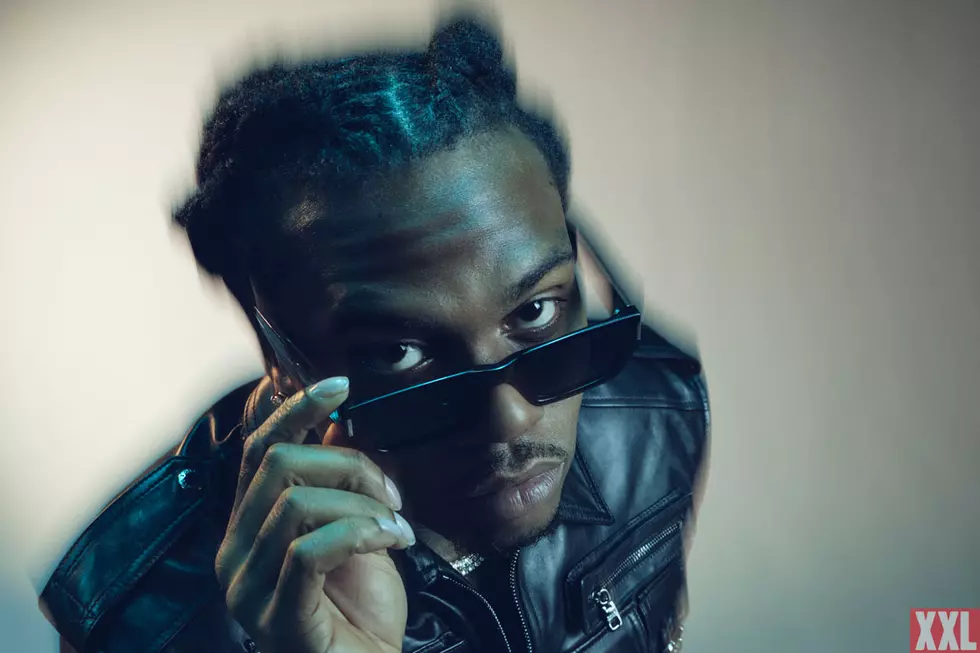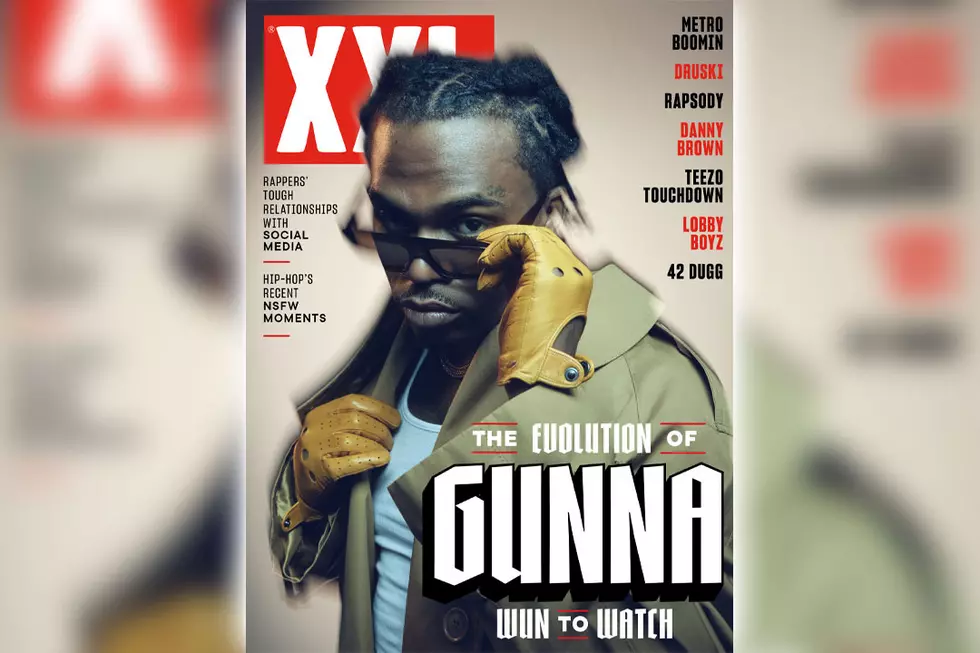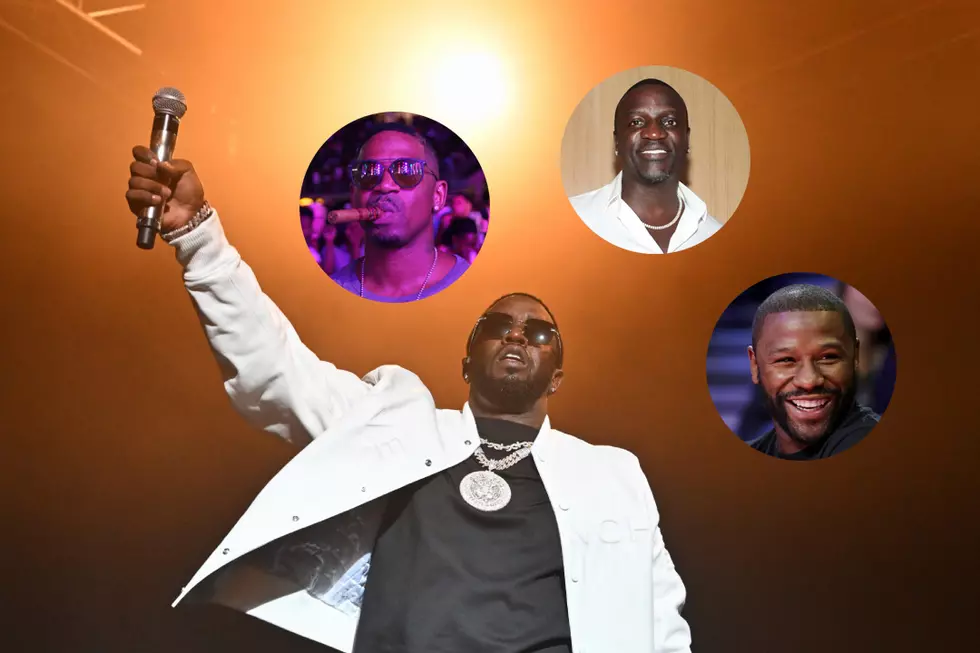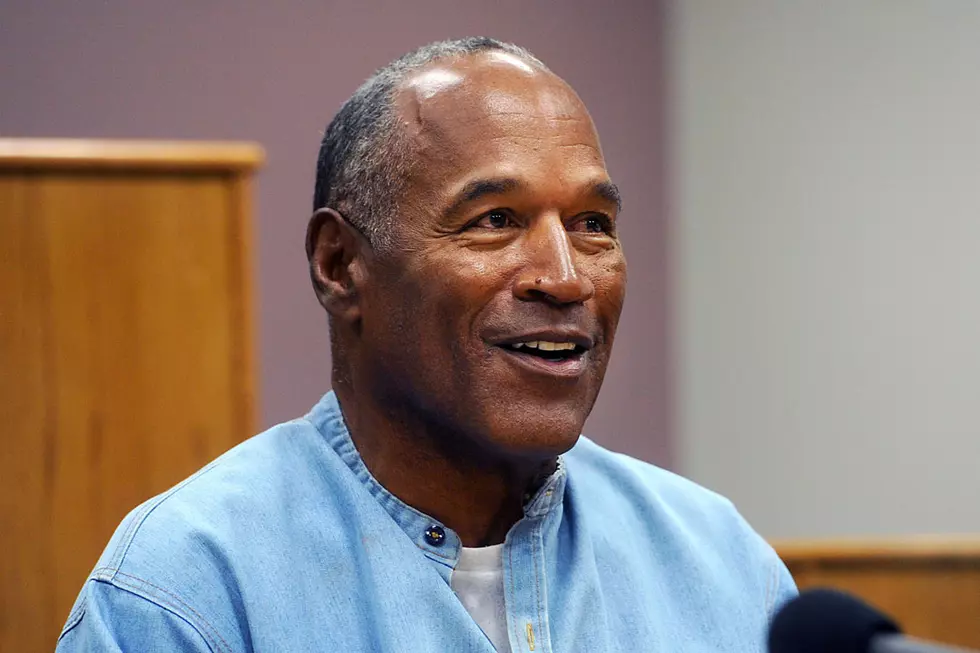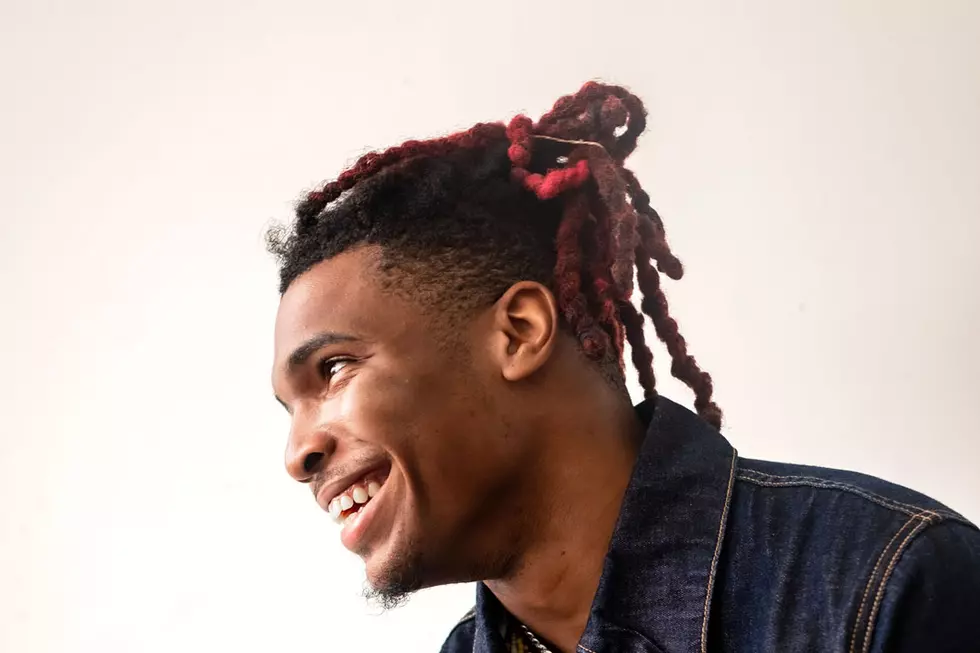
Lil Keed Wants to Use Rap to Open More Doors
Show & Prove
Words: Peter A. Berry
Editor’s Note: This story originally appeared in the Fall 2019 issue of XXL Magazine, on stands now.
Lil Keed vividly remembers the summer that his rap career began to take off. “I was at this club called the Lacura Bar,” the 21-year-old artist recalls, referencing a night out at a South Atlanta hotspot frequented by Young Thug, Future and 2 Chainz. “My song ‘Blicky Blicky’ played and everybody in there was singing along to it. Then folks started sending me videos of [people at] their apartment complex outside, old folks dancing [to my music]. I was like, ‘Oh, hell yeah.’”
That was just last year. Since then, Lil Keed has grown into Atlanta’s latest melody-fluent trap star, thanks to his extraterrestrial, elastic vocals and affiliation with Young Thug’s Young Stoner Life Records (a.k.a. YSL), the 300 Entertainment-backed imprint he signed to in 2018. Songs like “Bag” and “Follow the Leader” helped Keed gain exposure, but his introduction to rap’s mainstage was his December 2018 project, Keed Talk to ’Em. While the project includes contributions from the likes of 21 Savage, Trippie Redd and Lil Yachty, Keed stands out from the crowd thanks to his malleable tenor and a melodic curiosity that’s drawn comparisons to his label boss, Thugger.
“We creative, we animated,” says Keed, analyzing how his voice stacks up to that of Young Thug. He’s currently phoning from a tour bus en route to an Austin, Texas stop on the Keed Talk to ’Em Tour, his first ever as a headliner. “We can harmonize, we can go [to a] high-pitched voice, we can go [to a] low, deep voice.” Goose, who produced both Young Thug’s “Floyd Mayweather” and Lil Keed’s breakout track, “Nameless,” also notes the melodic similarities. “It gives me more range to make different beats because they’re not just your average trap rapper,” he explains. “They can sing slow songs, fast songs; they can just use their voice in different ways. That kind of pushes me—I don’t get that same thing with a lot of different artists.”
The rapper born Raqhid Render grew up just 10 minutes down the road from Thugger, who he calls one of his main influences. Raised on the sounds of OutKast, T.I. and more contemporary local heroes like Peewee Longway, Lil Keed was a hip-hop late bloomer. Before he gripped a microphone, he played the violin in the orchestra at Forest Park Middle School. “I didn’t like the screechy, grindy noise,” he remembers. “I couldn’t do that shit.” He also passed time playing organized football and basketball. Yet, the treacherous streets of Atlanta’s Zone 3 have a lure that can be difficult to escape. While Keed flirted with juvenile mischief, he never allowed it to pull him down. “It was like, a typical goddamn hood, like, all the young’ns just doing bad shit,” recalls Keed, the second youngest of a tight-knit group of eight siblings. “But at the same time, I’m always trying to find something positive out the bad. Then I started rapping.”
Keed’s first official forays into rapping began in high school, after his younger brother, Lil GotIt, had already started. They’d jot down freestyle rhymes in their composition notebooks—their first collaboration is a song called “Trap Bunkin”—but Keed started taking rap seriously after the death of his friend Rudy in 2016. “I was older than him,” Keed says of Rudy, who passed away at 15 as he was readying his own mixtape. “I was like, Damn.”
Motivated by the death of his friend, Keed started popping up at open mics. He became part of a rap trio named LNF, but he quickly realized that he was better built to stand on his own (“I can’t be no backstage,” he states—a euphemism for disproportionately sharing the spotlight). Once he went solo, Keed released his relentlessly street, neighborhood-dedicated debut mixtape, Trapped on Cleveland, in January of 2018. Keed has seen a continual rise month by month from when he first got in the game, unleashing projects like Slime Avenue, Trapped on Cleveland 2, the aforementioned Keed Talk to ‘Em and most recently, Long Live Mexico, a June effort named in memory of a friend who died earlier this year. Each project—stacked with bars about gunplay, designer drip and prescription drugs—has resulted in bigger numbers than the one that came before it. Since being released in December of 2018, his video for the Keed Talk to ’Em standout track “Nameless” has been viewed nearly 20 million times on YouTube.
“We started working early and he’s making good songs early,” Goose shares. “[For] some artists, it takes a while for them to find their mojo, but he’s already got it so it kind of makes him stand out.” Fueled by a work ethic that often yields up to six songs in one studio session, Keed notes his evolution from his first project to his latest. He’s been experimenting with flows, melodies and wordplay in adventurous ways (hear his zestful contribution to “Big Tipper,” from Young Thug’s recent No. 1 album, So Much Fun). Ultimately, he wants listeners to not only witness his growth, but to be inspired to express themselves freely, as well. “Be yourself,” Keed expresses. “Say what’s on your mind. Whatever you say, mean it. The tongue is the most powerful thing in this world, you feel me?”
A self-described forward thinker from birth, Keed sees rapping as a stepping stone for more. He eyes the chance to launch a fashion line and one day star in movies. In the more immediate future, he’s planning another tour and the release of a new project at the beginning of next year. He’s also determined to provide ample opportunities for his daughter, who was born in March. “I don’t gotta prove [I can rap] to nobody,” Keed affirms. “They know I can rap. I’m just trying to use the rap to open up more doors.”
Talk to ’em.
Check out more from XXL’s Fall 2019 issue including our cover stories with Juice Wrld and Lil Baby, Show & Prove with Saweetie and NLE Choppa, our interview with A$AP Ferg and more.
See Photos From Lil Baby and Juice Wrld's Fall 2019 XXL Magazine Cover Shoots
More From XXL

